Value of Solar - The Cheapest Grid of the Future Includes Distributed Solar
This is the first in a series of articles on the value of distributed solar.
When it comes to clean energy, the Solar Revolution has already begun. The cost of solar energy
is already less than the cost of energy derived from coal and it continues to drop [1,2,3].
But how best to achieve this vision remains an open question. When most of us think of solar
energy, we may think of solar panels on the roofs of buildings or local arrays of solar panels
that serve particular communities. We'll call this distributed solar.
Utility companies such as Xcel Energy envision a different option. They speak of vast solar
farms that contain thousands or even millions of solar panels that produce as much energy as
existing coal and gas power plants (hundreds of MW). Energy produced from such farms would be
transmitted to homes and businesses much as it is now, through networks of high-voltage
transmission lines, substations, and distribution lines. We'll call this utility-scale solar.
In terms of the cost of producing energy (dollars per kWh), utility-scale solar is cheaper than
distributed solar by nearly a factor of two, though this gap is quickly narrowing [3]. This is
well established, both from the perspective of installation (capital expenditures) and
operation. Utility companies have often used this to argue against the integration of
distributed solar into their energy portfolios. If utilities can generate the same amount of
energy from solar farms more cheaply, then why should we put solar panels on our rooftops?
Part of the answer is of course energy independence. If consumers or communities can generate
some fraction of their own energy then they are less susceptible to utility rate increases and
power outages due to surging demand or equipment failures.
But there are cost benefits to distributed solar as well. Though utility-scale solar is less
expensive to generate, it must be transmitted from the solar farms to our homes and businesses,
often over hundreds or thousands of miles. This incurs infrastructure costs, including
transformers, transmission lines, electrical substations and distribution lines. In addition to
eliminating the cost of building and maintaining such infrastructure, distributed solar also
eliminates the energy that is lost during transmission, which can be substantial (as high as 14%
[5]).
A recent study by the Boulder-based company Vibrant Clean Energy (VCE) indicates that the cost
benefits of distributed solar outweigh the higher generation costs [4]. They use a mathematical
tool known as an optimization model. Effectively, this model considers countless different
configurations for the US electric grid of the future and selects the one that is the cheapest to
install and operate. A clear result from this study is that the inclusion of distributed solar
in the energy mix (in addition to utility-scale solar), brings down the cost of the grid as a
whole.
According to the VCE study, the optimal energy mix for the continental US electric grid in 2050
includes about 30% (800 GW) from utility-scale solar and about 10% (250 GW) from distributed
solar. This is designed to meet a nationwide clean energy standard that reduces greenhouse gas
emissions by 95% from 1990 levels by 2050. Other contributing energy sources in the mix include
wind, hydroelectric, geothermal, biomass, natural gas, and nuclear. Coal is also included in the
model but becomes economically unfavorable by 2035, even without the clean energy standard. The
model leverages existing infrastructure and capacity and takes into account the rate at which new
infrastructure can be feasibly built.
If the model is run merely to minimize the cost of the US electric grid, then the inclusion of
distributed solar lowers the cost of the grid as a whole by $300 billion between now and 2050.
If there is an additional regulatory requirement to reduce greenhouse gasses through the clean
energy standard, then the system-wide savings from distributed solar is even higher: $473 billion.
[1] IRENA (2020), "Renewable Power Generation Costs in 2019", International Renewable Energy
Agency, Abu Dhabi
https://www.irena.org/publications/2020/Jun/Renewable-Power-Costs-in-2019
[2] "Levelized Cost of Energy and Levelized Cost of Storage - 2020", Lazard
https://www.lazard.com/perspective/lcoe2020
[3] Annual Technology Baseline (2020), National Renewable Energy Laboratory (NREL)
https://atb.nrel.gov/electricity/2020/
[4] "Why Local Solar for All Costs Less: A New Roadmap for the Lowest Cost Grid", Vibrant Clean
Energy LLC, C.T.M. Clack et al. (2020)
https://www.vibrantcleanenergy.com/wp-content/uploads/2020/12/WhyDERs_ES_Final.pdf
[5] "Report: Is Bigger Best in Renewable Energy?" J. Farrell. Institute for Local Self-Reliance
(2016)
https://ilsr.org/report-is-bigger-best/
For a deeper dive into the study, see Dave Roberts’ article in his newsletter, Volt: Rooftop solar and home batteries make a clean grid vastly more affordable
Next up: Distributed Solar Benefits Everyone (Even Utilities)
